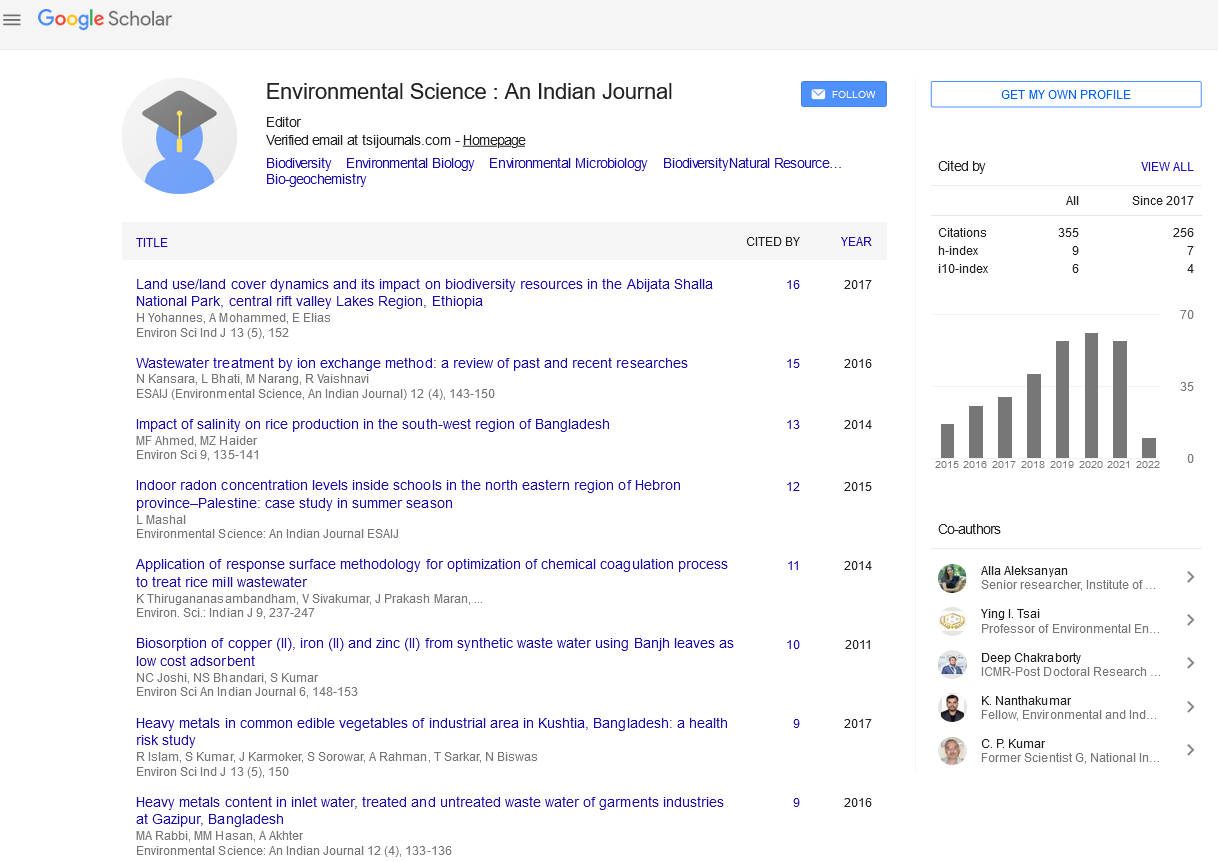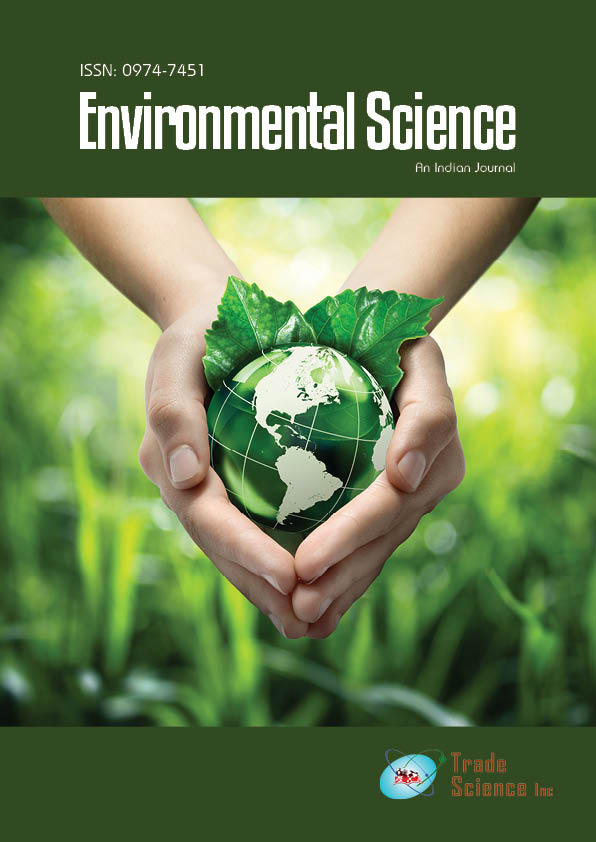Abstract
Seasonal Variation And Dependence On Meteorological Condition Of Roadside Suspended Particles/Pollutants At Delhi
Author(s): Girija Jayaraman, Sunita Kumari, Malti GoelThere has been a dramatic improvement in the air quality of Delhi in the recent years presumably due to the implementation of CNG(Compressed Natural Gas) regulation and closure of several polluting industries in the residential areas. This study, carried out from april 2004-march 2005, aims at finding the evidence of these effects and addresses the issue (i) by correlating the pollutants concentrations(SO2, NO2, CO, SPM, PM10 and O3) at a roadside in Delhi with the prevailing meteorological variables(temperature, relative humidity, wind speed and direction, rainfall) and (ii) by comparing the recent data of 2004 with that of 1997 prior to the enforcement of land use zoning regulation and changes in policies on vehicular emissions. The study revealed a wide variation in the seasonal distribution of the pollutants. High concentrations of NO2 and PM10 were prevalent(44% of total concentration) during winter while those of SO2 and SPM were prevalent(42 and 48% of total concentration respectively) during summer. SPM was positively and significantly associated with temperature and wind speed. None of the primary pollutants was found to be significantly correlated with relative humidity whereas O3 had a significant relation. Based on the results, it can be concluded that the major source of SPM was due to contribution from distant sources whereas the PM10 concentration was mainly due to locally generated sources(emissions from vehicles). Major influence of temperature was on NO2. Comparative study between the two periods- preregulation( 1997) and post-regulation(2004) imposed by the Government showed remarkable decrease, almost 50%, in the concentration of CO while for NO2 the situation was almost the same.

